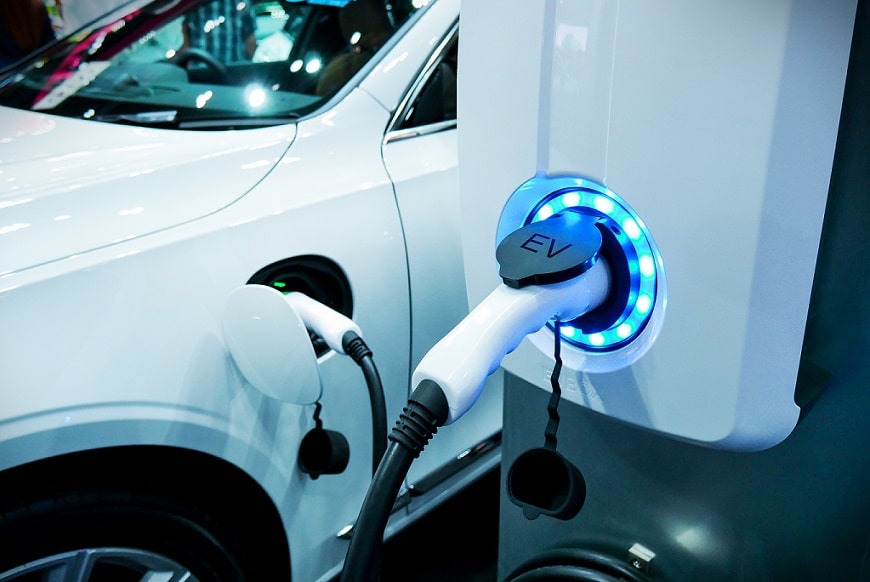Why Major Automobile Manufacturers are Switching to Electric Vehicles?
The Road to an Electrified Future
For many years, the thought of electric vehicles ruling our highways seemed like a faraway dream. Interesting times have begun to emerge in the electric vehicle industry, as more and more automakers attempt to position themselves in what appears to be the second phase of growth in the automotive industry. The electric car, which was designed in the late 1800s, initially appeared on the scene because it was more pleasant and easier to run for customers than gas-powered automobiles at the time. They were swiftly supplanted, though, by newer, higher-quality gas-powered automobiles that could go farther without fueling up. Even in advanced cities like Dubai, car repair was a struggle for these newcomers at the time. All of these factors, especially car maintenance, conspired to delay the introduction of electric vehicles at the time. Several countries showed an interest in phasing out the usage of gasoline automobiles during 2017. In any case, the world of electric vehicles has made a significant worldwide impact.
Technology rules
From Tesla to Hyundai, almost every leading manufacturer started thinking about going the electrifying way. While Tesla headed the league by a significant margin, Volkswagen and Hyundai emerged as the other carmakers aimed at the public at large. Tesla has influenced many people’s views on electric vehicles. Their cars include innovative touch-screen interfaces, self-driving capabilities, and a variety of other features. What began with the Kona electric SUV has now been expanded to the iconic line of electric vehicles, with capabilities such as Electric Parking Brake with auto-hold, lane change, and more. LED headlights, wireless charging, sodium-ion batteries, turbo-charged EV engines, windows and open roofs that lighten and darken on their own depending on the sun, and 360-degree cameras are all features that will be available in an electric car that people demand.
Looks Matter
Electric mobility provides car developers with significantly more creative flexibility and fewer limits than traditional cars, where almost everything has already been developed, and might lead to innovative automobiles that look quite different from anything we’ve seen so far. And what people want these days is a modern and stylish design that is appropriate for the road. We may expect to see fully autonomous automobiles on our roads in the near future. Following Tesla’s success, numerous companies are developing futuristic electric automobiles that are innovative and stylish at the same time.
More reliable
In fact, one of the primary reasons people select EVs is to save money in the long run. However, the cost of maintaining a gas-powered vehicle is substantially more than the yearly maintenance cost of an EV. The popularity of EV brands is also enticing more people to buy electric cars. More people are discovering that they don’t have to pay a fortune to buy an EV and that the brand names they’ve always trusted and relied on are now providing reasonably priced vehicles. This has compelled automakers to switch to electric vehicles.
Most experts appear to believe that this gradual change to electric is an intermediate stage in the transition to a mobility model based on self-driving cars and automation. The assumption is that as more people want to use such services rather than own an underutilized asset, manufacturers will be compelled to produce electric vehicles.







